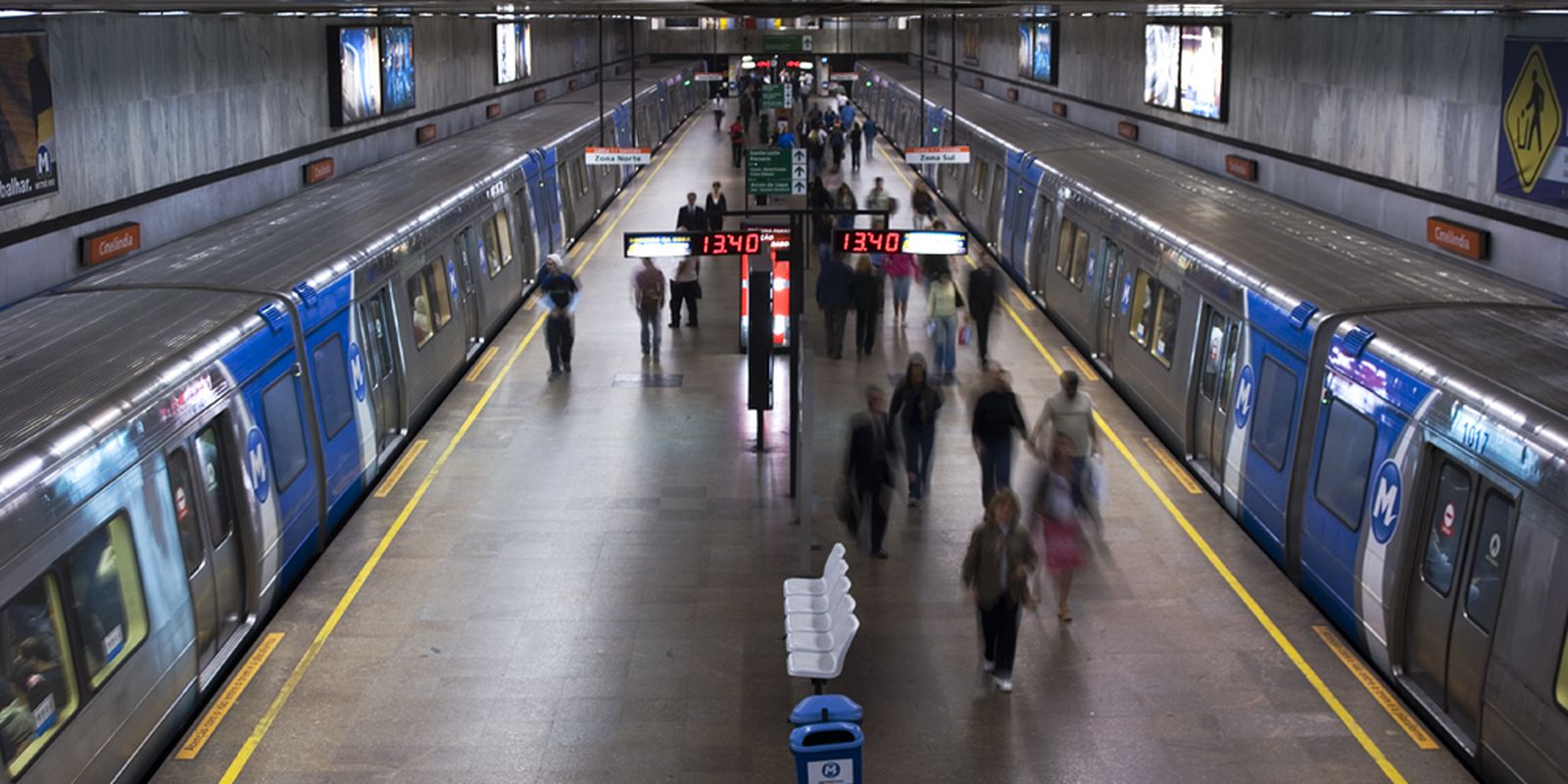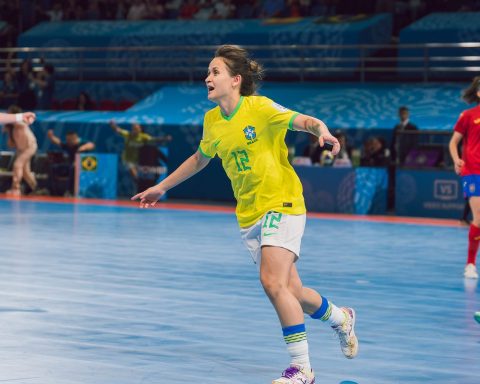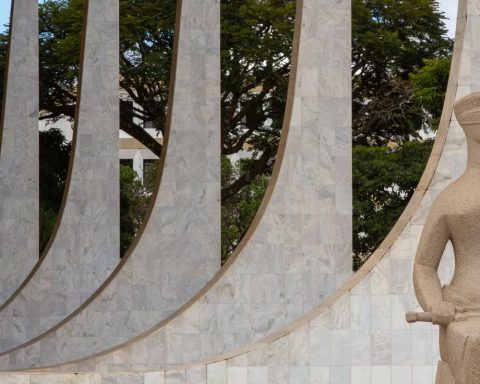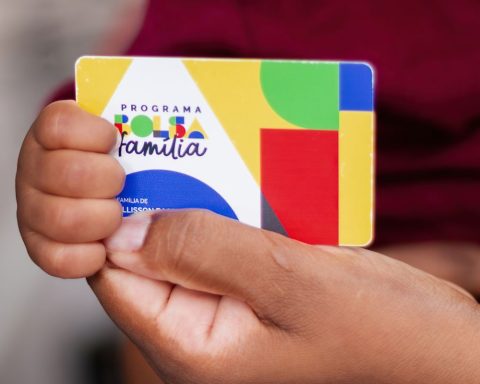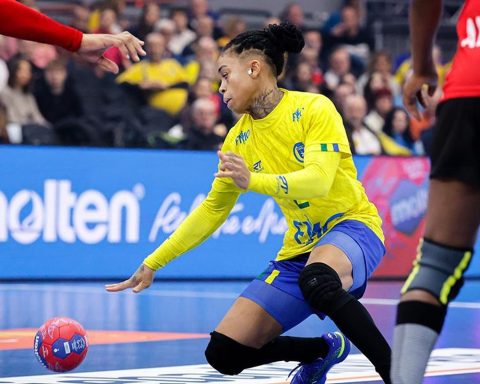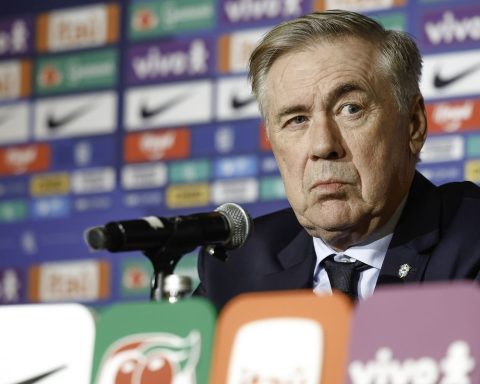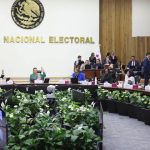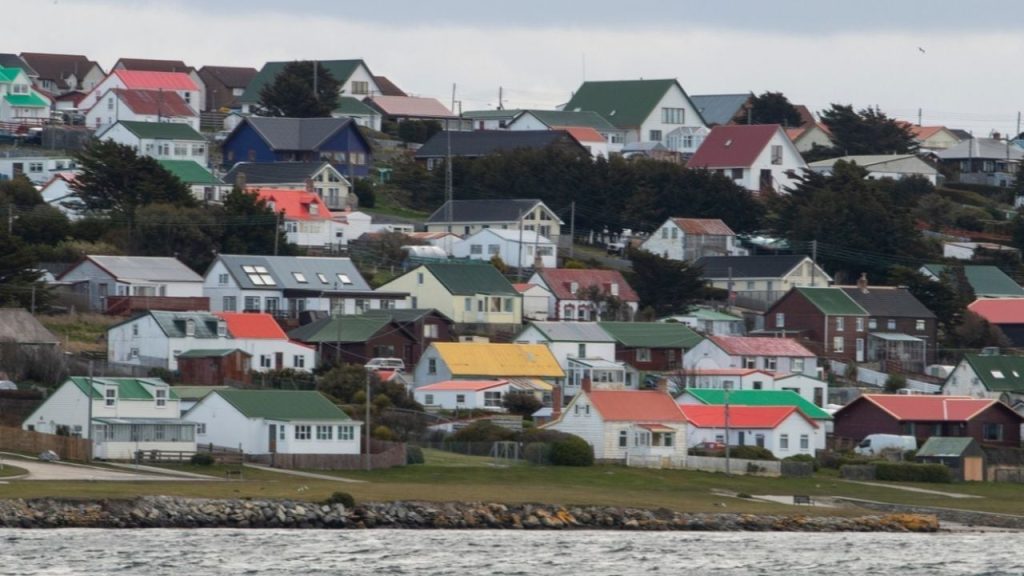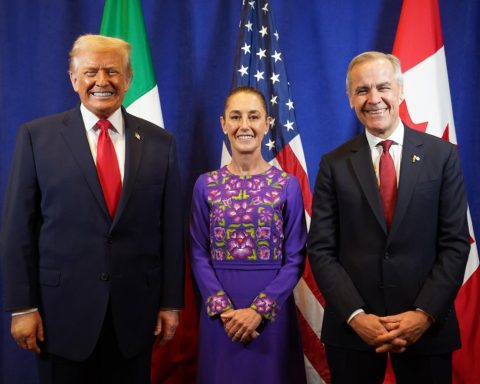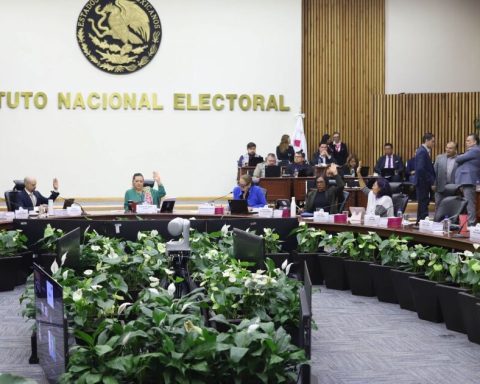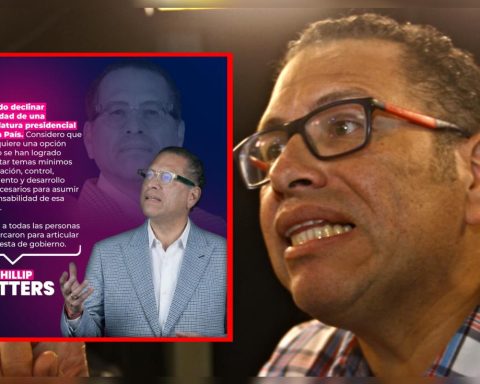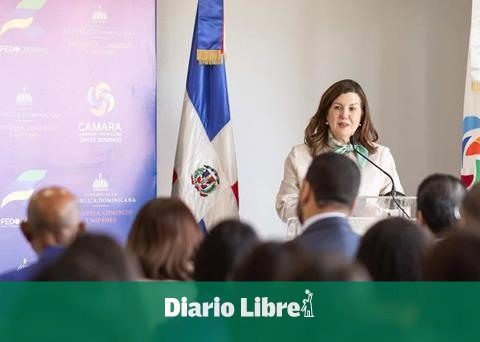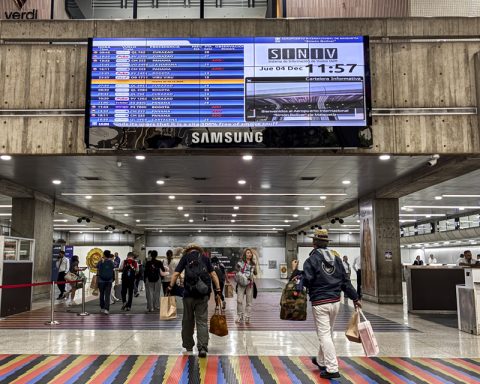A new edition of the Pan and Parapan American Games could help Rio de Janeiro unravel a decades-old project: Line 3 of the subway, connecting the center of the capital to the neighboring cities of Niterói and São Gonçalo. The city of Rio launched a joint candidacy with Niterói, so that both can host the competitions in 2031 and, if that happens, the public authorities will need to invest in mass transport between the two venues, which is currently done by bus – via Ponte Rio -Niterói – or by the ferries that cross Guanabara Bay.
For now, the two cities from Rio de Janeiro still need to beat São Paulo, which is also in the running to be chosen as Brazil’s representative. By the 16th, the official candidacy proposal will be sent to the Brazilian Olympic Committee (COB), highlighting all the advantages of the two cities and also what legacy will be left by Pan and Parapan – such as public investments, such as the expansion of the subway.
The COB will choose its nominee at a general assembly on January 29th and then submit the candidacy to the Pan-American Sports Commission, which organizes the event. The main Brazilian competitor is the city of Asunción, in Paraguay. In August, Panam announces the headquarters of Pan and Parapan in 2031.
Even with so many steps to come, Rio’s city hall has already created a working group to prepare proposals that meet the demands of the COB and other sports entities. And one of the group’s responsibilities is precisely to identify and propose solutions for demands related to sports, urban and mobility infrastructure.
Rio’s municipal secretary of Sports, Guilherme Schleder, says that the 2016 Olympic Games put the city on another level when it comes to hosting large-scale events, but there is still room for progress. “We have a sports structure in Rio ready and Niterói has every intention of doing this, of taking advantage of this moment to raise budget for the city”, he highlighted.
“What we have to look for, and we will try to do, are the works that will be left as a legacy. And at this moment, there are major works that can be requested and the most classic is Line 3 of the subway, which would serve both Rio and Niterói, which would be the host cities of the Pan. It is a grandiose work and would be an incredible legacy”, added Schleder.
Since construction of the Rio de Janeiro subway began in the 1970s, a line was planned to reach Niterói, crossing Guanabara Bay in an underwater tunnel. In 2023, the government of Rio de Janeiro launched a tender for feasibility studies for the expansion, but it was canceled after analysis by the State Court of Auditors.
For now, the system only serves the capital, covering 54.5 kilometers, with 41 stations. The last major expansion was made for the 2016 Olympics, with the construction of Line 4, connecting the south zone of the city to Barra da Tijuca, where most of the competitions were held. Currently, 650,000 people use the mode per day, on average, but, at the Olympics, more than 1 million people were transported.
According to Schleder, the capital of Rio de Janeiro is making a targeted effort to host events, also thinking about the financial gain they bring. “I think Rio has become a space to host major international events forever. It can’t always be an Olympics, or a Pan-American, but they are an attraction for many other smaller events”, he said. The secretary recalled that the World Canoeing Championships and the World Gymnastics Championships were held in Rio, boosting the tourism sector.
“It is very important tourism for the city. Just for races, for example, we received more than 300 last year, and each person who comes to race in Rio pays for the hotel, restaurant, taxi, brings their family”, he highlighted. “So, any event, whether small, medium or large, that is choosing a location, we apply,” added Schleder.
